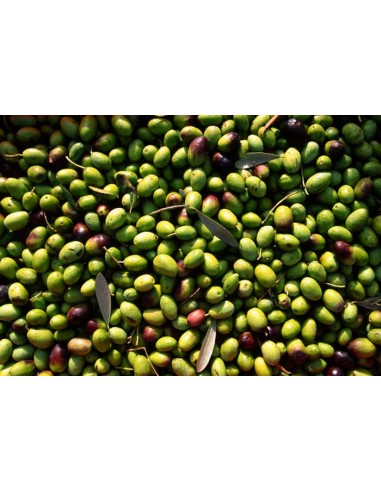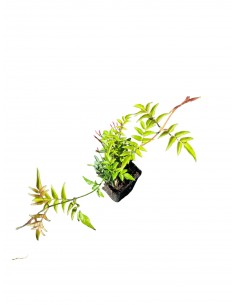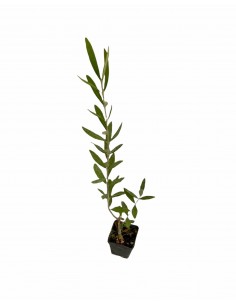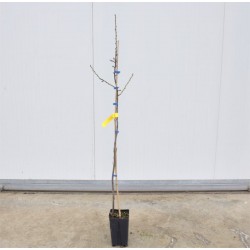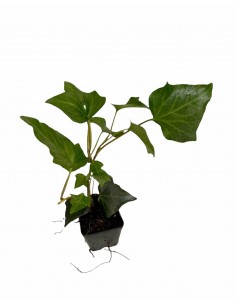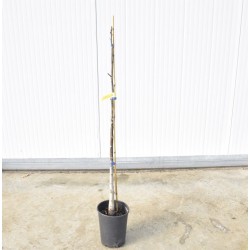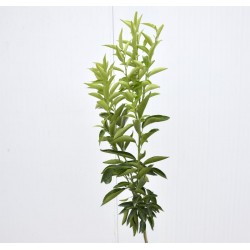'Cima di Bitonto' Olive Tree
Generality of the 'Cima di Bitonto' Olive Tree:
The 'Cima di Bitonto' Olive Tree variety is grown in the Bitonto countryside and in the central and southwestern areas of the province of Bari. It is the most widespread in the Bari basin and the most renowned in the world. The Cima di Bitonto variety is also identified with names other than Bitonto. It is also called: Aliva baresana, Ascolana, Baresana, Bitontina. The oil obtained from it is very pleasant, with an intense yellow color tending to greenish and is recognized for its aroma and fruit flavor not particularly accentuated with residual hint of almond.
- Vase: 22cm, Height: 150/170cm
On-line Sale Of the 'Cima di Bitonto' Olive Tree, available in the following sizes:
- Vase: 22cm, Height: 150/170cm
Generality of the 'Cima di Bitonto' Olive Tree :
The Cima di Bitonto olive tree is grown in the Bitonto countryside and in the central and south-western areas of the province of Bari. It is the most widespread in the Bari basin and the most renowned in the world. The centuries-old plant is vigorous, with expanded foliage, poor olive production and subject to alternation, the drupe is of medium size with high oil content and early ripening, so its harvest begins already at the end of October. The yield varies from 20 to 25%. The Cima di Bitonto olive tree has a fruity, intense, almondy, sweet and golden-yellow aromatic aftertaste. The yellow gold of Bitonto is not only used daily as a condiment, in colorful legume soups and in first courses based on fresh vegetables, but it is one of the most important ingredients for the preparation of some typical products such as taralli oil and pepper, rè picciuatédde (scraps of flour, oil and pepper), rè carteddèute (shortbread roses covered with fig syrup), potato focaccia. A condiment now appreciated all over the world, as evidenced by the percentage of exports, olive oil is an indisputable source of well-being, the main ingredient of the Mediterranean diet. To be enjoyed raw on a slice of bread, suitable for seasoning any dish, extra virgin olive oil is an easily digestible food, very similar in its composition to breast milk fat.
Cultivation and Care of the 'Cima di Bitonto' Olive Tree :
The Coratina Olive Tree, more than the minimum winter temperatures, however, fears the sudden changes in temperature that can cause splits in the trunks and branches. Some parts of the plant are particularly sensitive to the action of frost: the leaves, the buds and the bark. The latter is torn not only in the twigs, but also in the larger branches and in the trunk. The olive tree is a plant that prefers arid environments while it fears excessive humidity, except in spring, in correspondence with the maximum vegetative activity. Calcareous and dry soils are ideal, but good productions can also be had well in clayey soils, if well drained, and in sandy soils, as long as they are sufficiently irrigated.

